Rointe SIENA SWI100DHW4 User manual




















This manual suits for next models
2
Table of contents
Other Rointe Water Heater manuals
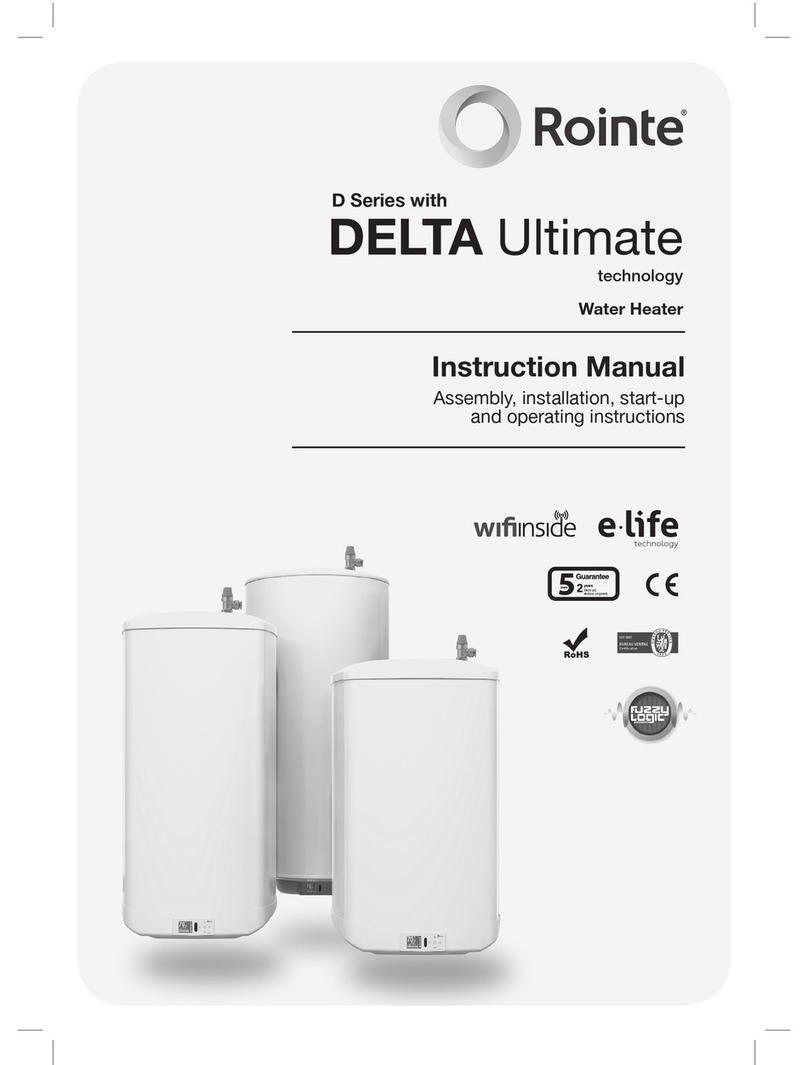
Rointe
Rointe D SERIES User manual

Rointe
Rointe RD SERIES User manual
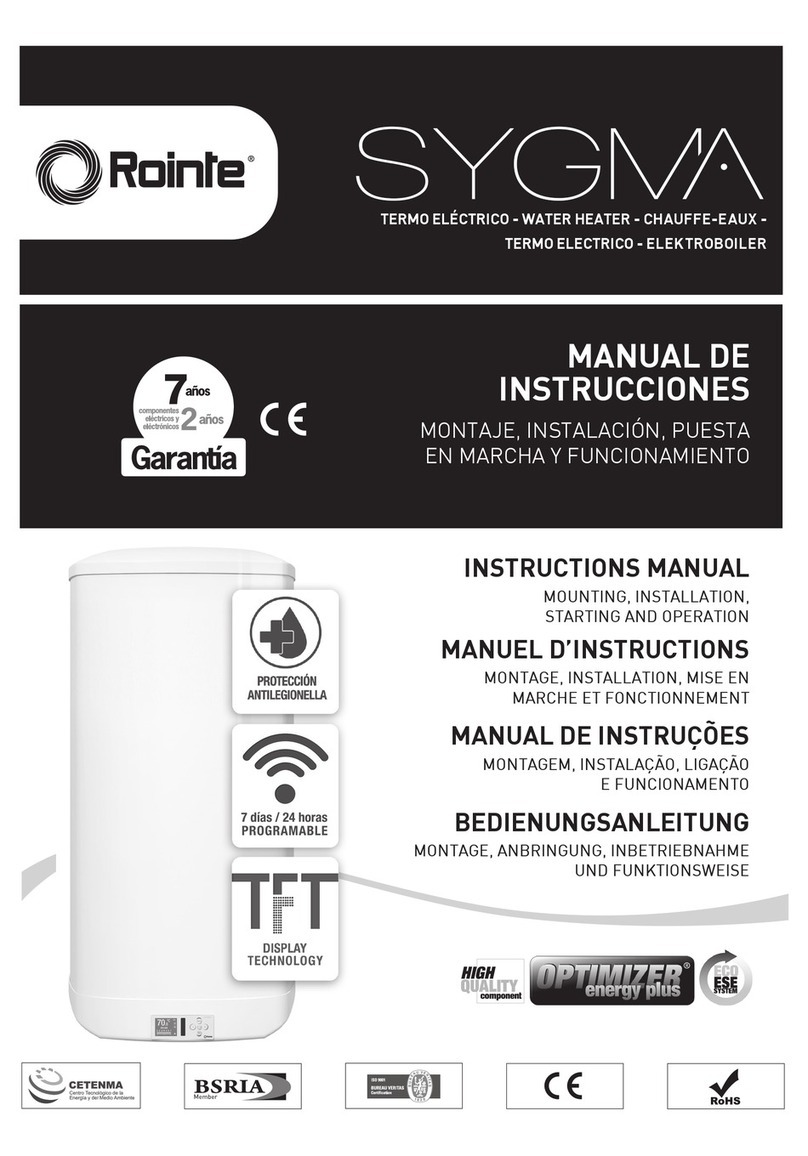
Rointe
Rointe Sygma SWI050DHW2 User manual

Rointe
Rointe SYGMA User manual

Rointe
Rointe D SERIES User manual

Rointe
Rointe Galilea GWN050DHW4 User manual

Rointe
Rointe Kyros User manual
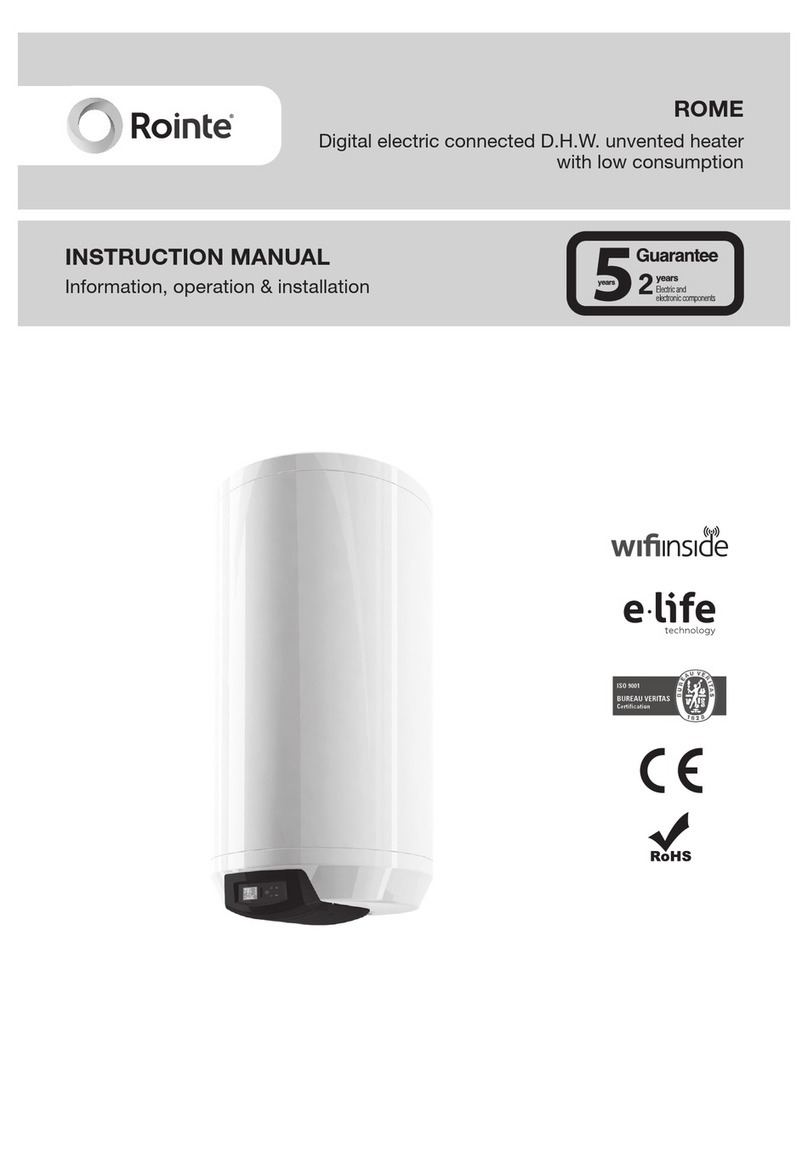
Rointe
Rointe ROME RWI080DHWC4 User manual
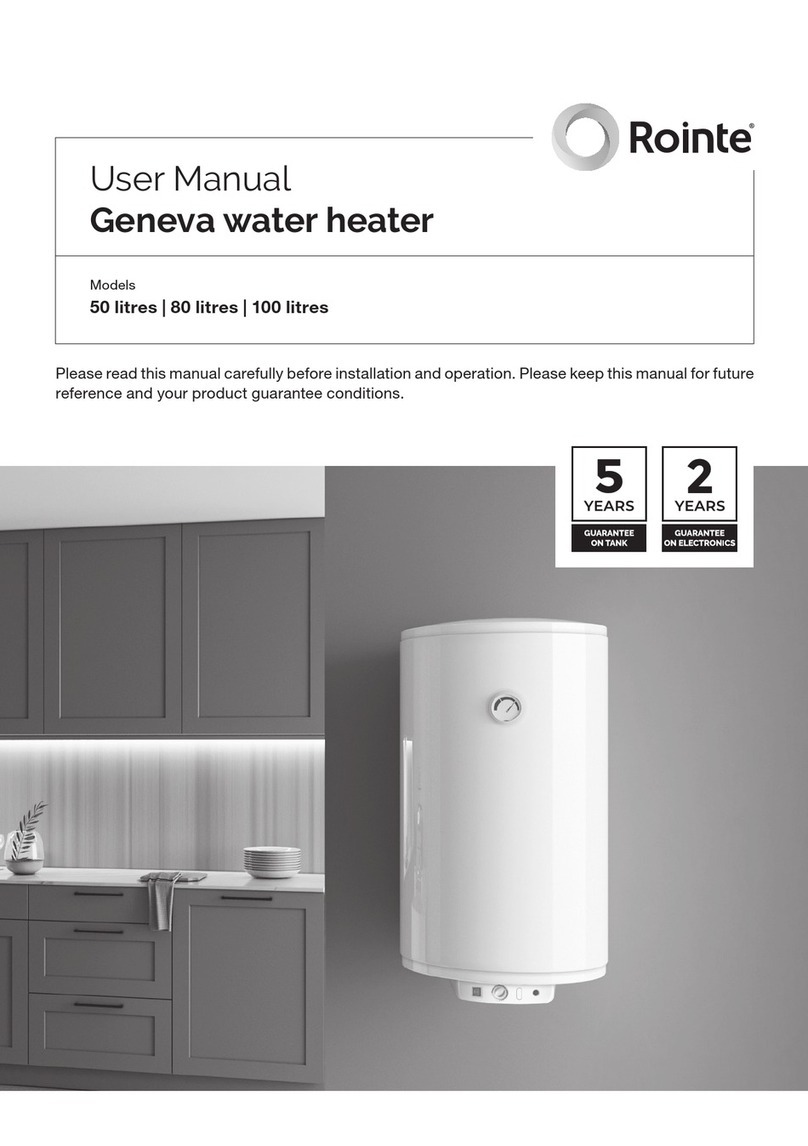
Rointe
Rointe Geneva 050DHW4 User manual
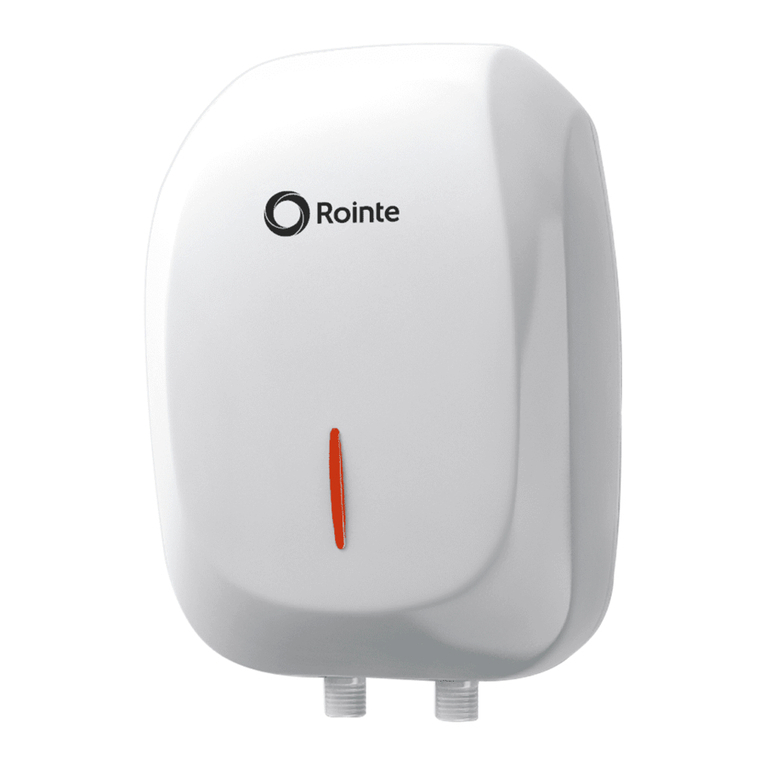
Rointe
Rointe Capri CWI700DHWU4 User manual
Popular Water Heater manuals by other brands
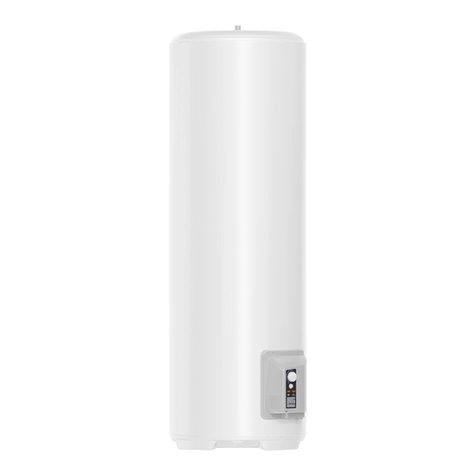
EQUATION
EQUATION EQ2 Series Assembly, Use, Maintenance Manual

American Water Heater
American Water Heater Powerflex PDVG-40T42 Replacement parts
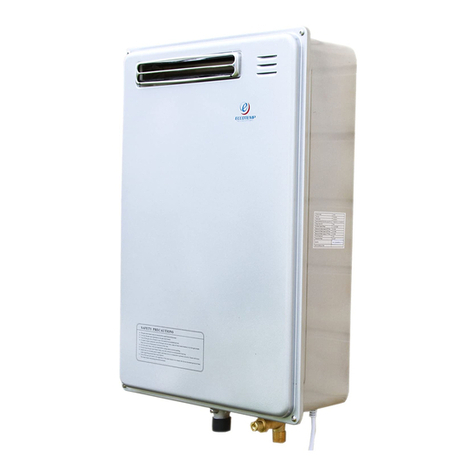
Eccotemp
Eccotemp EZ-Flush 45-H Use & care manual
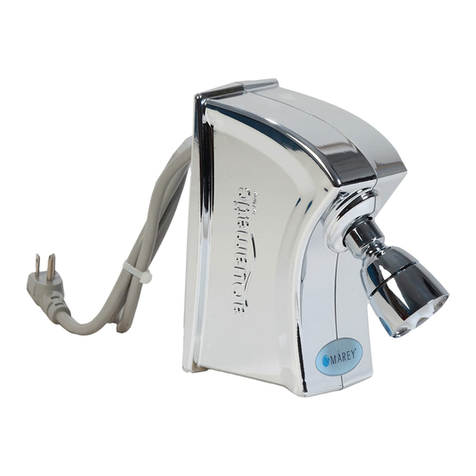
Marey
Marey Aquamatic instruction manual
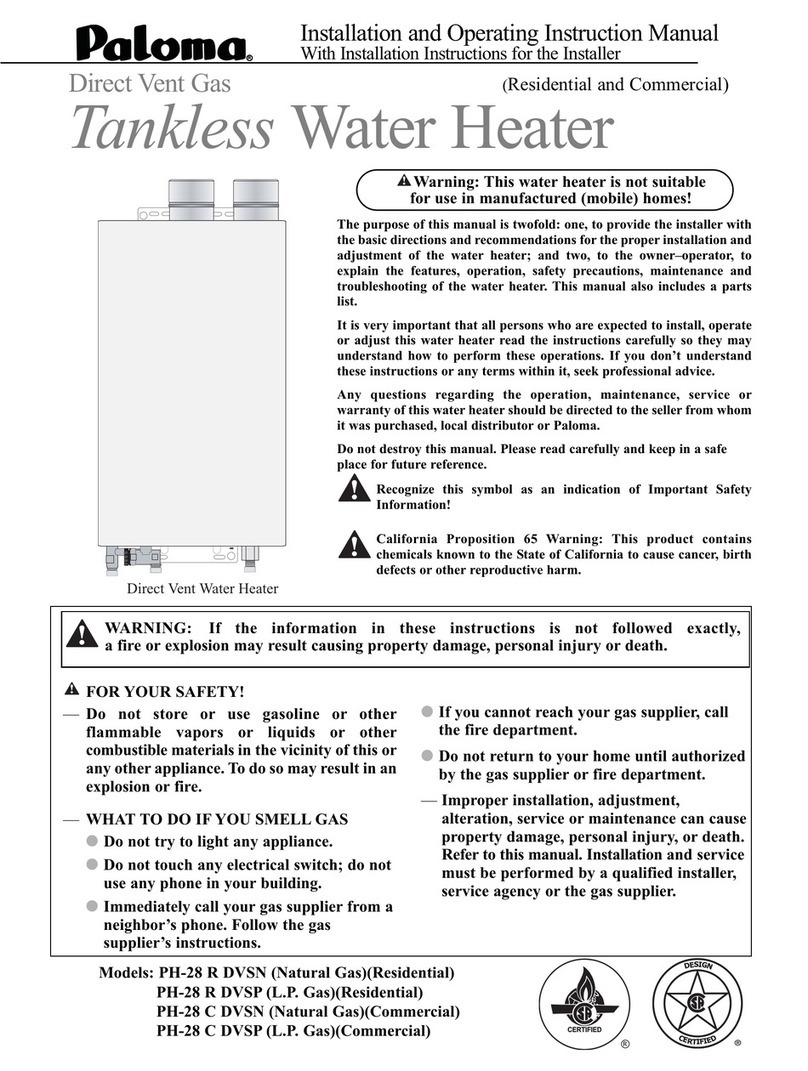
Paloma
Paloma Tankless Water Heater Installation and operating instruction manual

Raypak
Raypak B0507 Owner's guide and installation instructions
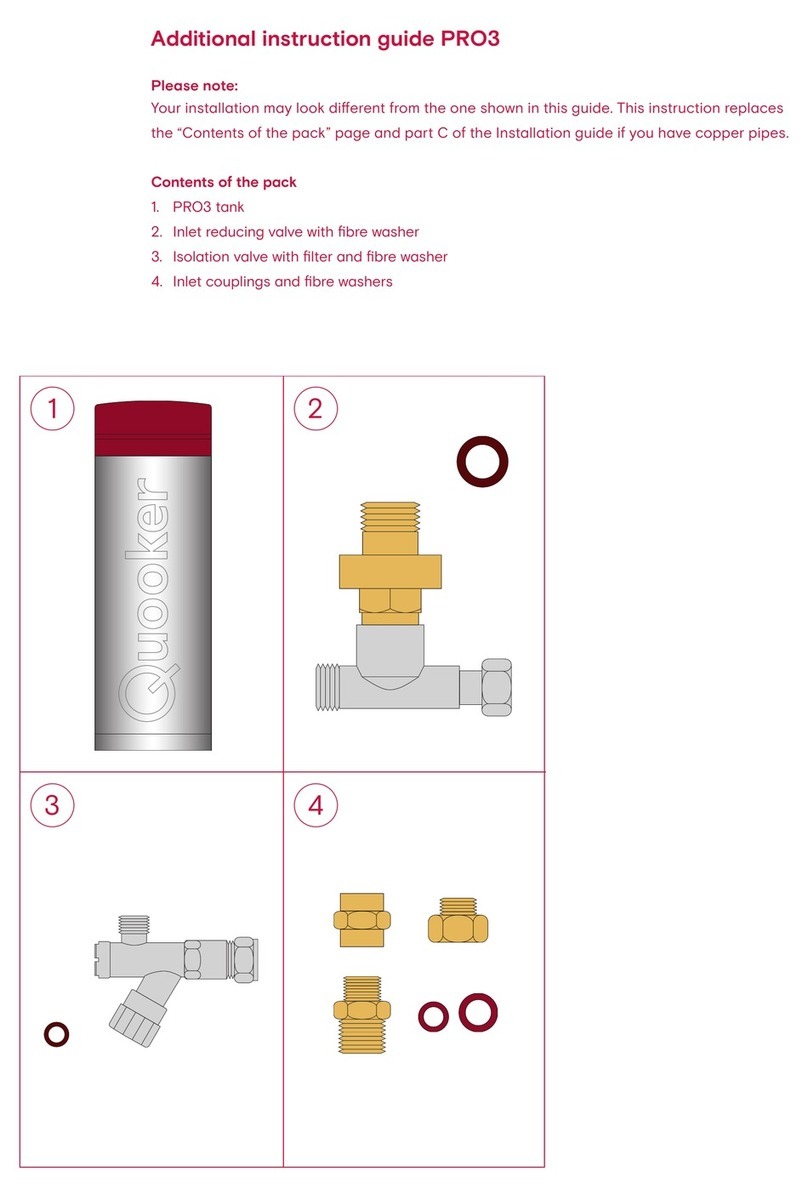
Quooker
Quooker PRO3 Instruction guide
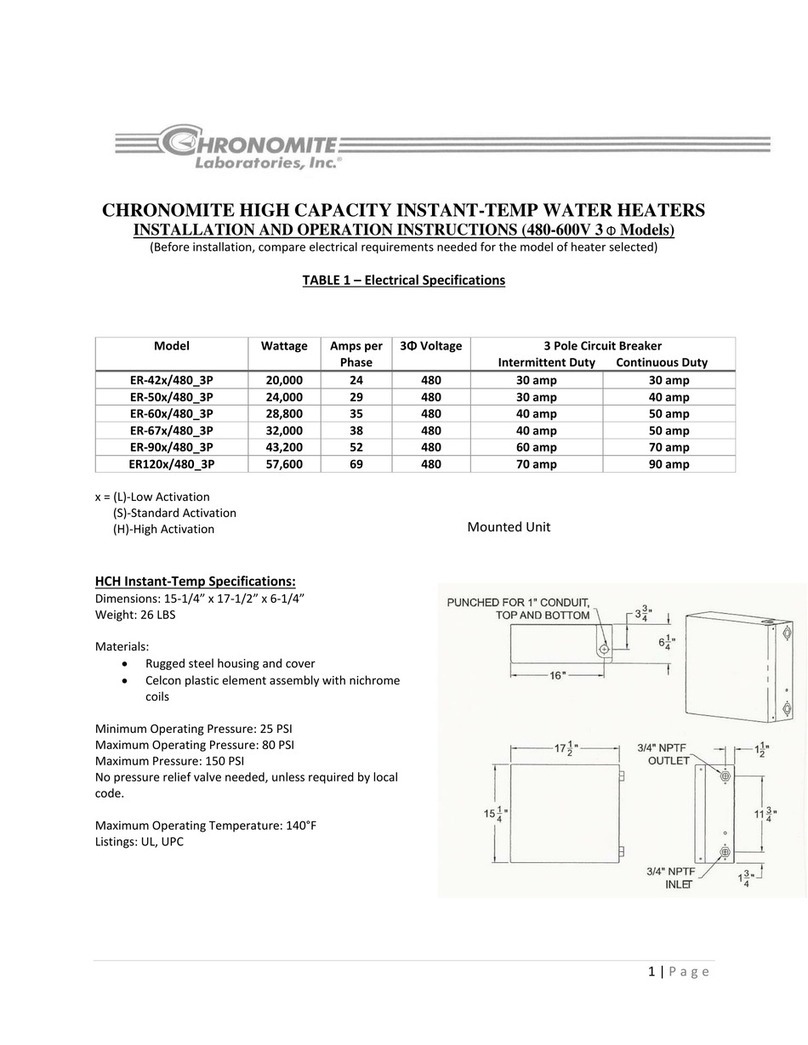
Chronomite
Chronomite ER-42 480 3P Series Installation and operation instruction manual
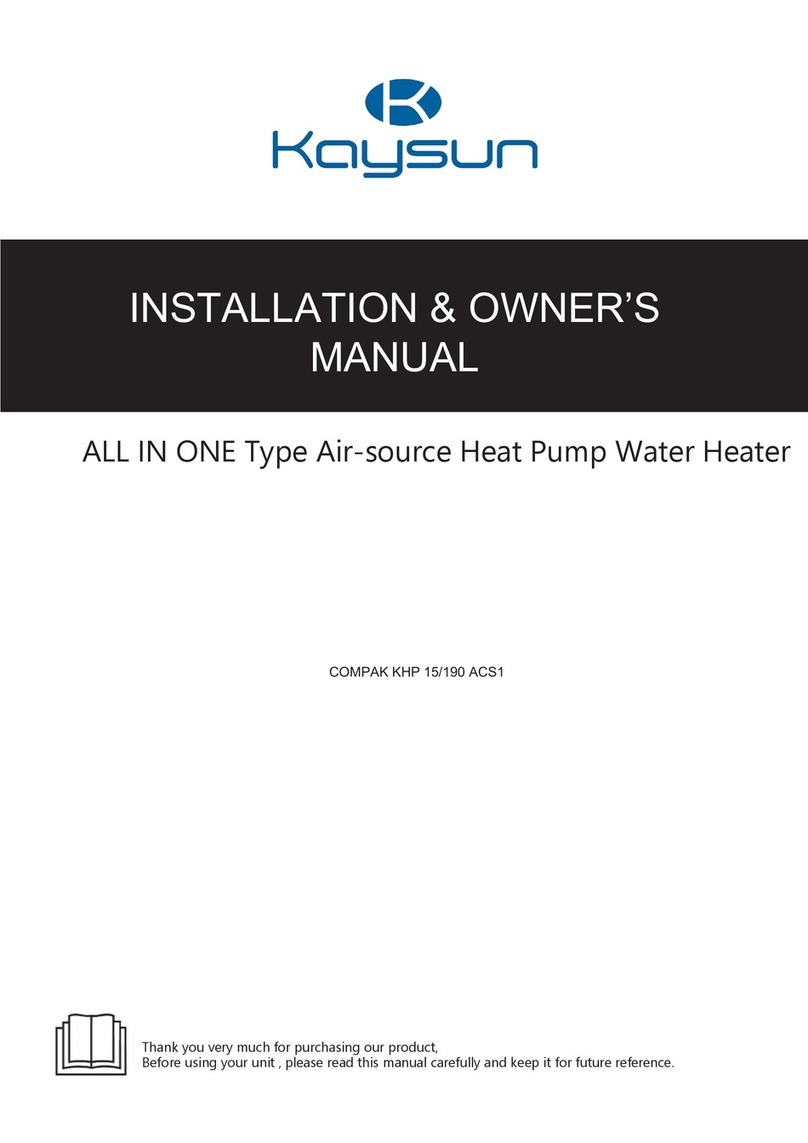
Kaysun
Kaysun COMPAK KHP 15/190 ACS1 Installation & owner's manual

Bradford White
Bradford White EF120T4003N3 Service manual
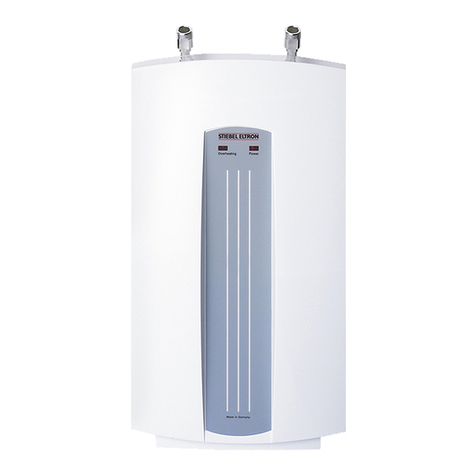
STIEBEL ELTRON
STIEBEL ELTRON DHC 3 Operation and installation instructions

Thermann
Thermann G16NG50 owner's guide
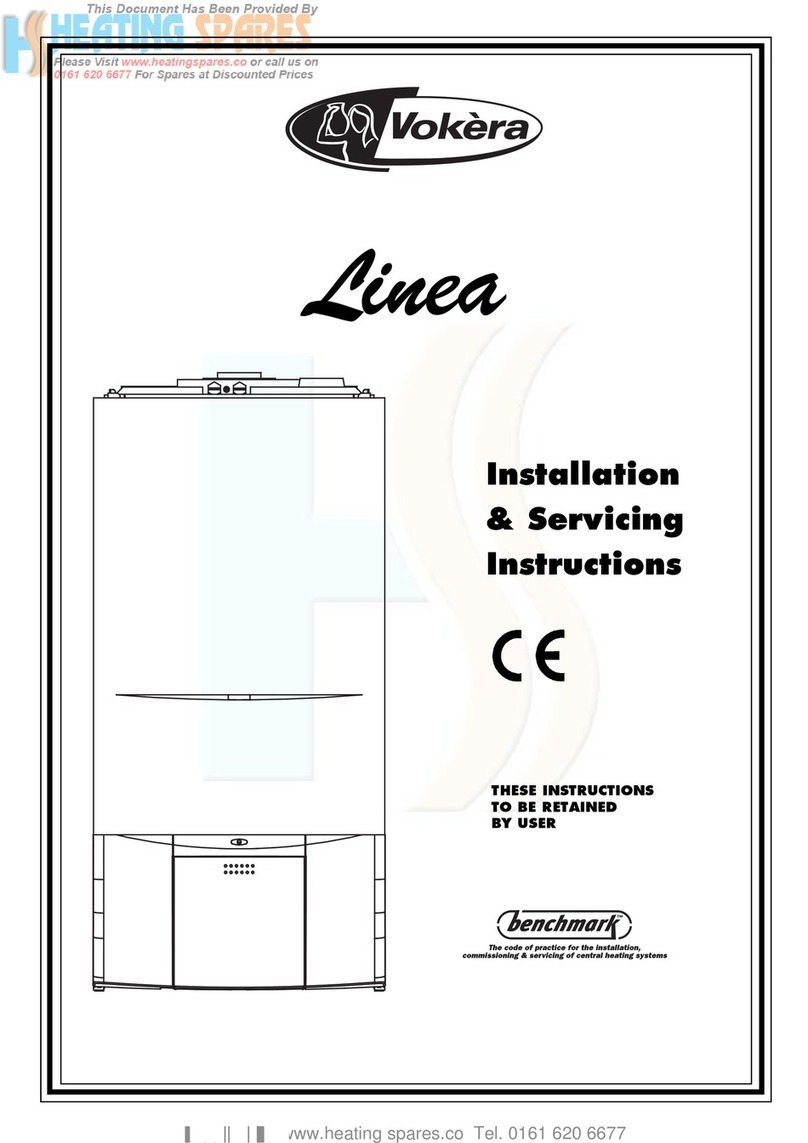
VOKERA
VOKERA Linea Installation & servicing instructions
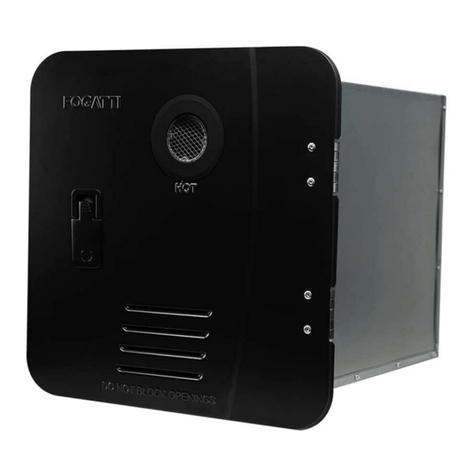
FOGATTI
FOGATTI FS-06-B1 instruction manual
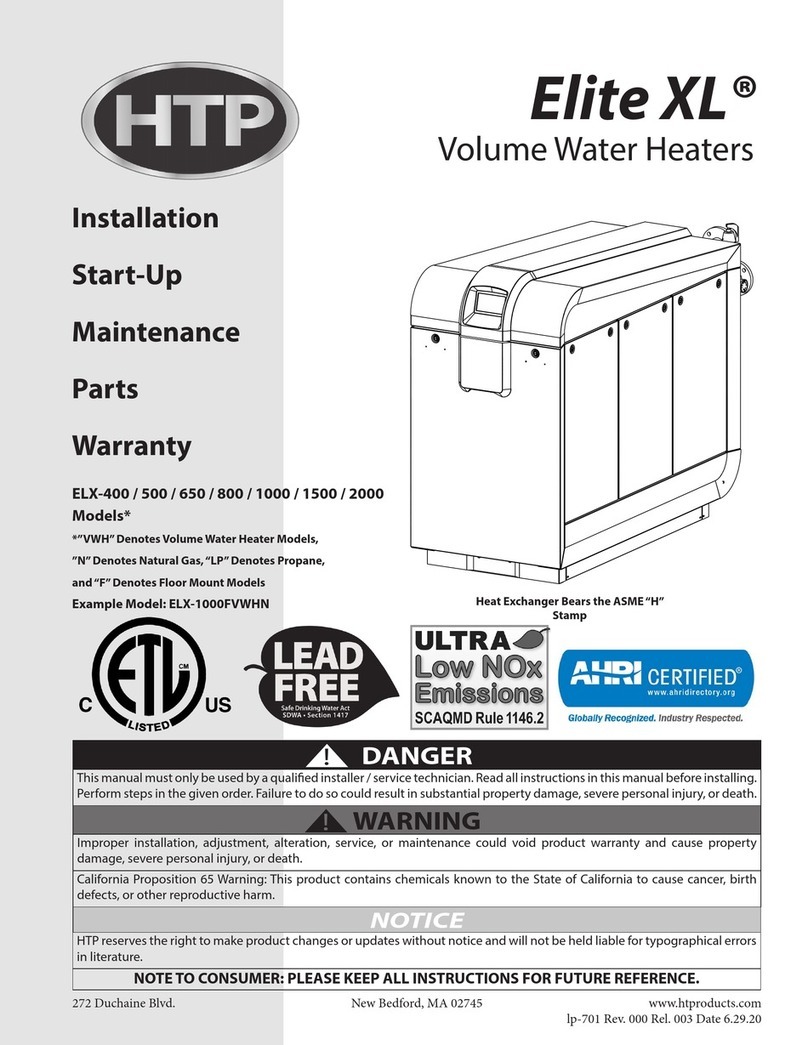
HTP
HTP Elite XL ELX-400 Installation, start-up, maintenance, parts, warranty

Zibro
Zibro A2W300 Operation and installation manual
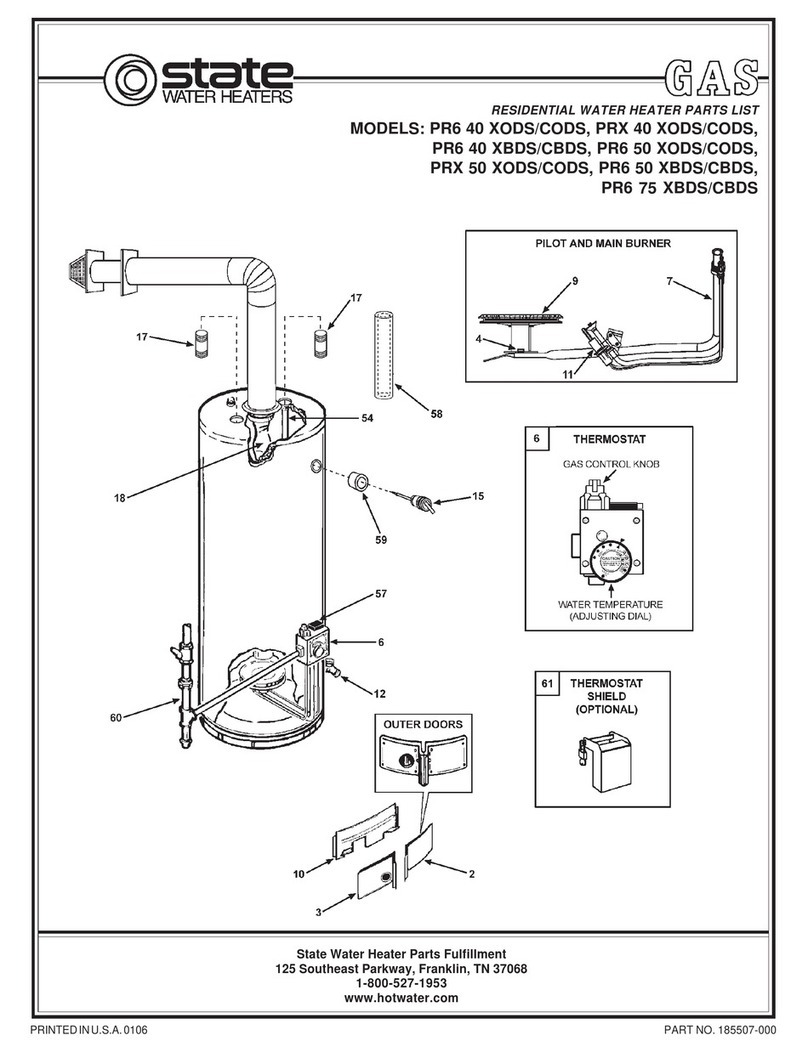
State Water Heaters
State Water Heaters PR6 40 CBDS parts list

State Water Heaters
State Water Heaters Premier Residential Water Heaters Specifications

